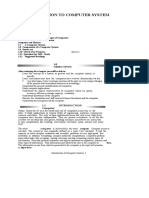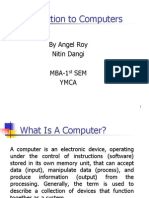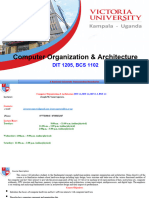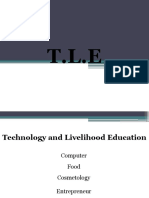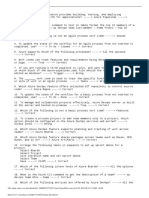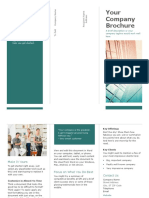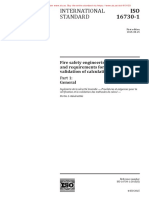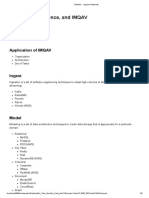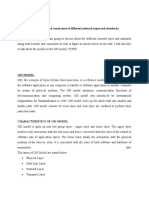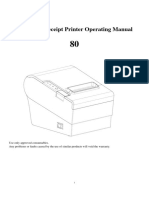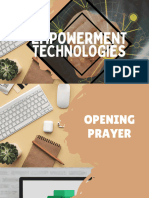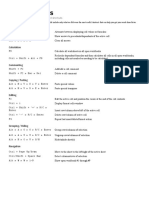0% found this document useful (0 votes)
6 views22 pagesProgramming and Logic Design
The document outlines the significance of computers in various fields and their evolution from early calculating devices to modern systems, highlighting key milestones and generations of computer technology. It discusses the basic components of computers, their types, and the importance of understanding number systems for practical applications in computing and networking. The document also emphasizes the role of hardware and software in making computers essential tools in everyday life.
Uploaded by
johncarlomapili0807Copyright
© © All Rights Reserved
We take content rights seriously. If you suspect this is your content, claim it here.
Available Formats
Download as PDF, TXT or read online on Scribd
0% found this document useful (0 votes)
6 views22 pagesProgramming and Logic Design
The document outlines the significance of computers in various fields and their evolution from early calculating devices to modern systems, highlighting key milestones and generations of computer technology. It discusses the basic components of computers, their types, and the importance of understanding number systems for practical applications in computing and networking. The document also emphasizes the role of hardware and software in making computers essential tools in everyday life.
Uploaded by
johncarlomapili0807Copyright
© © All Rights Reserved
We take content rights seriously. If you suspect this is your content, claim it here.
Available Formats
Download as PDF, TXT or read online on Scribd
/ 22






